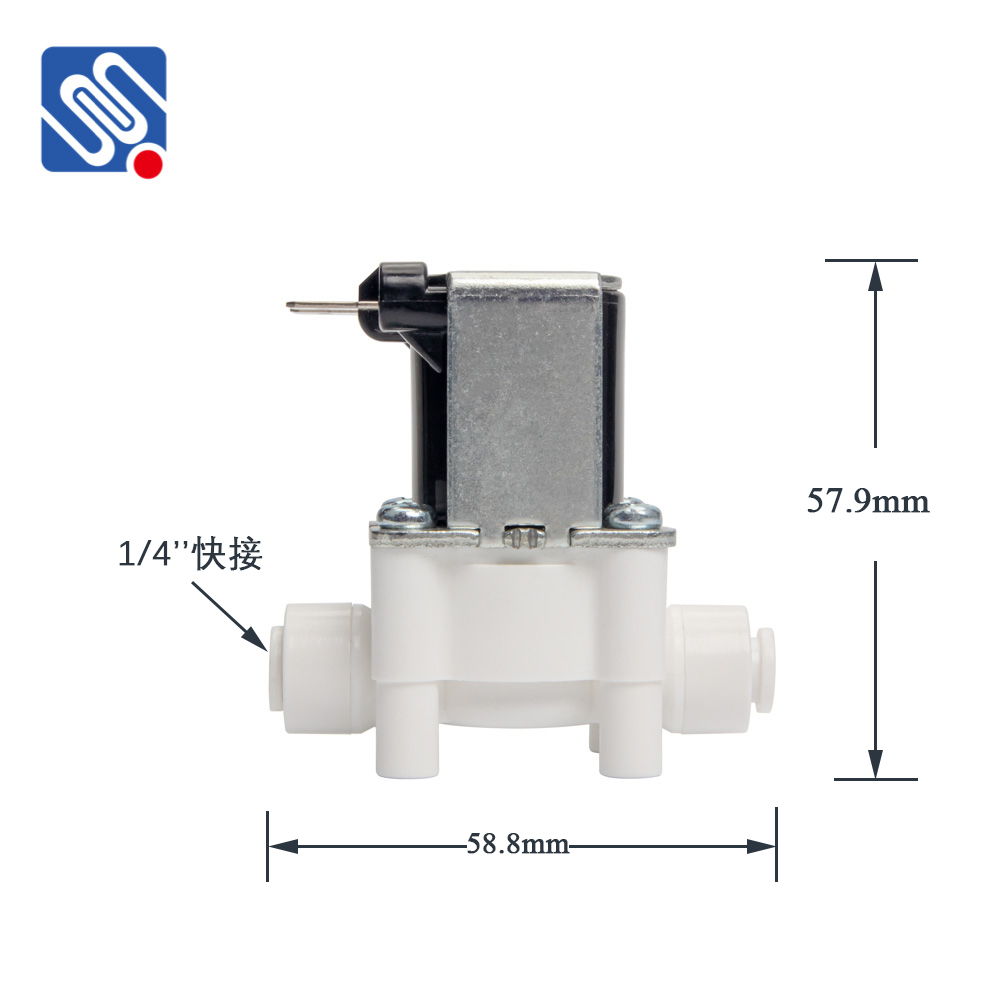the functionality and applications of normally closed solenoid valve
Release time:2025-11-20 03:02:31
A Normally Closed Solenoid Valve (NCSV) is an essential component in a wide range of industrial systems that require precise control over fluid and gas flow. These valves use an electromagnetic mechanism to regulate the opening and closing of a valve, ensuring efficient and reliable operation in diverse applications. In this article, we will explore the working principle, key features, and common applications of NCSV, shedding light on its versatility and importance in modern automation and fluid control systems.

Working Principle of Normally Closed Solenoid Valve
A Normally Closed Solenoid Valve operates based on a simple but effective electromagnetic principle. The term “normally closed” refers to the default state of the valve: it is closed when no power is supplied to the solenoid. The valve remains closed due to the force exerted by a spring or diaphragm that keeps the valve seat in place, preventing the flow of fluid or gas.
When electrical current flows through the solenoid coil, it generates a magnetic field that attracts a plunger or piston inside the valve. This action overcomes the force of the spring, pushing the valve open and allowing the passage of fluid or gas. Once the power is turned off, the magnetic field disappears, and the spring pushes the valve back into its closed position, stopping the flow of the medium.

